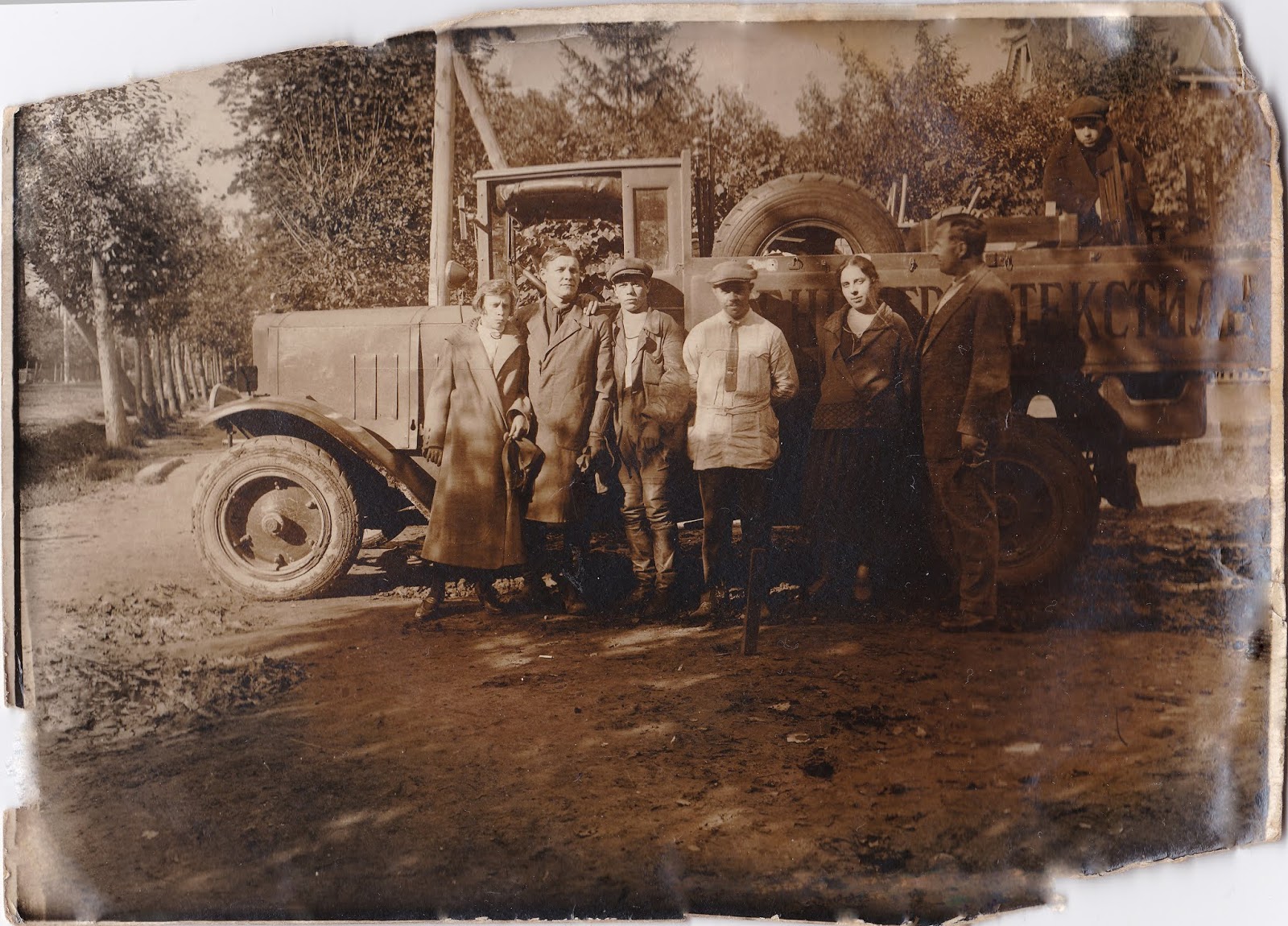The cemetery of Axis POWs in Lublino.
Lublino
Cemetery is a cemetery in the southeastern administrative district of Moscow.
It was founded in 1635. The area of the cemetery is 19 hectares. Old Lublino Cemetery,
as shown on a topographic map of Moscow and the surrounding area in 1931, was demolished. Now
there are blocks of flats on that place inside the boundaries of Krasnodonskaya, Sportivnaya and Taganrog Streets.
During 1945-1949, about 600 prisoners of war
who fought against the Soviet Union during the great Patriotic War were buried
at the Lublino cemetery.
According to official
statistics of the Office for Prisoners of War and Interned of the Ministry of
internal Affairs of the USSR of October 12, 1959, 2,389,560 German soldiers
were taken prisoner, and 356,678 of them died in captivity. Mortality in
the first years of the war was especially high. Even Soviet citizens starved,
not to speak about enemy POWs. Due to the severe cold, poor clothing and
poor nutrition, many prisoners, also exhausted by prolonged marches, died just
on the way to the POW camps. Despite the individual acts of revenge and
lynching of some German POWs, Soviets treated them much better after the war than
the Germans treated Soviet prisoners of war. Representatives of the
international Red Cross were allowed to meet with them, and many could receive
letters from home. On January 1, 1942 the number of German prisoners of
war in the USSR numbered only 9,147. For the first time, a significant number
of German soldiers were captured, in the battle of Stalingrad. During the
war, the labor of prisoners of war had little effect on the economy of the
country. It became a significant factor
only after the war. Prisoners of war participated in restoration of the
national economy destroyed during the war — plants, dams, the railroads, ports
and etc. They were also actively used in the restoration of the old, and
the construction of new, housing in many cities of the USSR. The work of
German prisoners of war, in particular, was involved in the construction of the
famous Moscow skyscrapers, including the main building of Moscow State
University. In addition, the captured Germans were actively used in
logging, in the construction of roads and Railways in remote and inaccessible
areas, and in the mining of minerals, such as uranium, coal, and iron ore.
According to the Central Financial
Department of the Ministry of Internal Affairs of the USSR, during the period of
1943 to 1 January 1950, prisoners of war worked 1.077.564.200 man-days, earning
16.723.628 thousand rubles, and did the work in the construction and
industry with a total value of about 50 billion rubles. Most captured Germans
were released before 1950. In October 1955, after the visit of German
Chancellor K. Adenauer, the Presidium of the Supreme Soviet of the USSR issued
a Decree "on early release and repatriation of German prisoners of war
convicted for war crimes", and more than 14,000 German prisoners of war
were repatriated from the USSR. In total, about two million German prisoners
of war were repatriated from the Soviet Union.
In this cemetery are 600 prisoners
of war--former soldiers of the countries who fought against the Soviet Union
during the war. Most of the graves are German, but there are also Hungarians, Romanians, and even Japanese. In 1995, the
cemetery was reconstructed at the expense of German War Graves Commission.
This is what a cemetery
looks like. Neat rows of the same type, granite crosses contrasting strikingly
with the Russian graves around.
Here lies Hungarian.
Monument to Romanian prisoners of war who died in the USSR.
Stones with the list of
settlements having burials of German prisoners of war in Russian and German.
A stele without
any inscriptions.
Next to the German cemetery, there are Russian soldiers buried.
Many thanks to Gary McMaster for correction of this text.






















Comments
Post a Comment